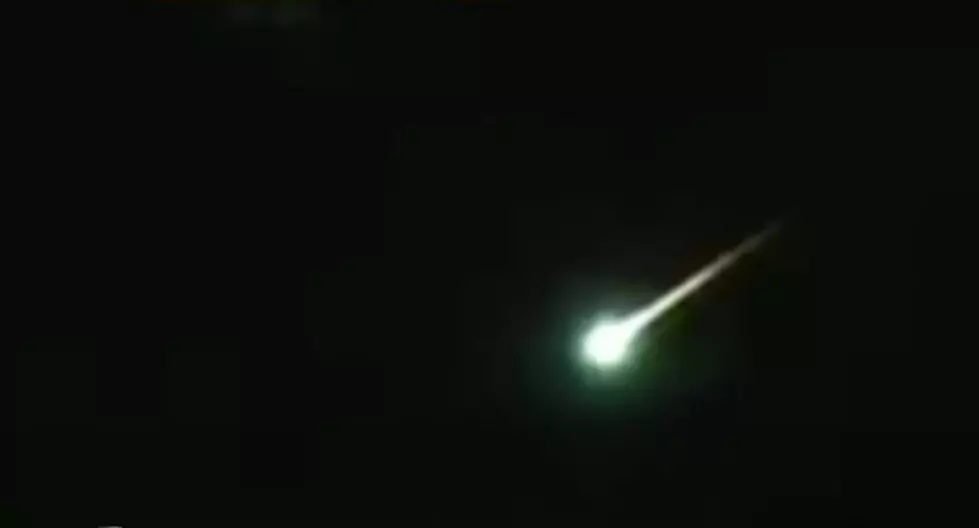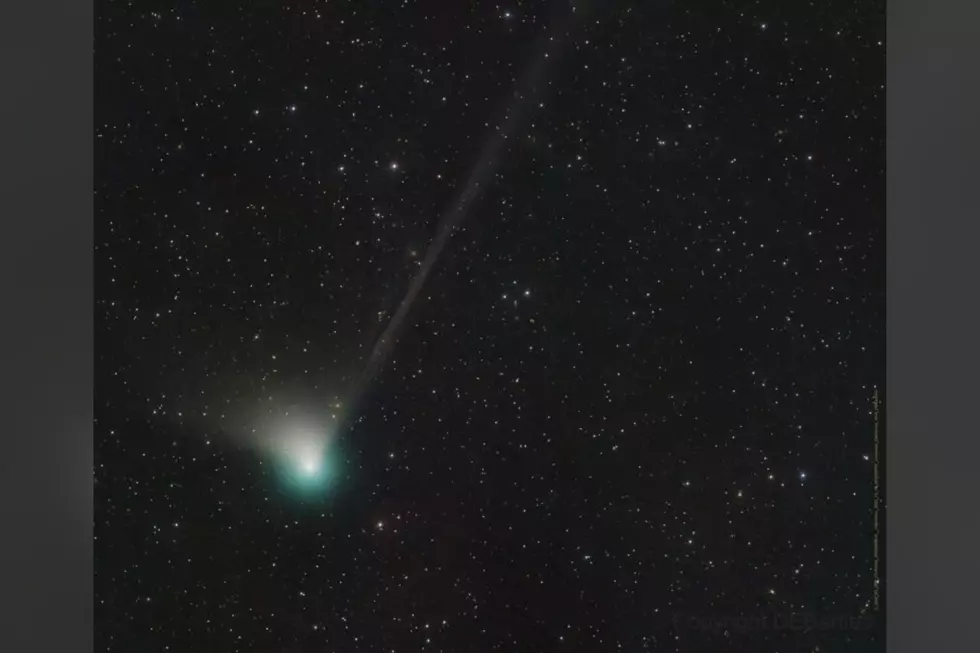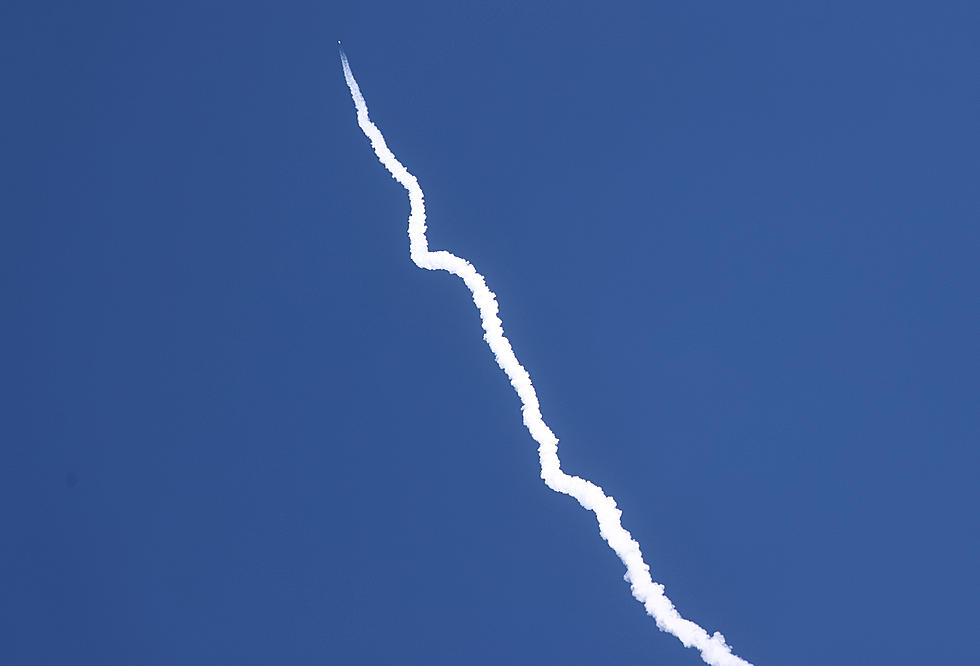
Excellent South Jersey Viewing Expected for Tonight’s Rocket Launch
Another NASA rocket launch from the Virginia spaceport Tuesday evening should be easily seen around New Jersey, offering a chance for sky-watchers to witness a rocket carrying 29 satellites being launched in to orbit.
If you were among the many in South Jersey who watched the launch of the NASA rocket from Wallop's Island, Virgina back in early September, you can expect to see as good a perspective of this launch as we had then at approximately the same place in the sky.
Courtesy of Space.com, here's useful information about what you'll see and when and where to watch to see tonight's launch.
The launch of a Minotaur I rocket for the U.S. Air Force ORS-3 mission is scheduled to occur on Tuesday night, with a planned launch window of 7:30 - 9:15 pm EST.
NASA and the U.S. military will launch a record payload of 29 satellites from a Virginia spaceport Tuesday night on a mission that could create a spectacular sight for skywatchers along the U.S. East Coast, weather permitting.
The U.S. Air Force launch will send an Orbital Sciences Minotaur 1 rocket into orbit from NASA's Wallops Flight Facility and Mid-Atlantic Regional Spaceport on Wallops Island, Va., sometime during a two-hour launch window that opens Tuesday night at 7:30 p.m. EST.
The nighttime launch could light up the sky for millions of observers along a wide swath of the Eastern Seaboard, and could be visible from northeastern Canada and Maine to Florida, and from as far inland as Michigan, Indiana and Kentucky, depending on local weather conditions, according to NASA and Orbital Sciences visibility maps. Visibility Maps for Nov. 19 Rocket Launch
The U.S. military's Operationally Responsive Space (ORS) office is sponsoring Tuesday's launch. You can watch the nighttime launch live online here, courtesy of NASA, beginning at 6:30 p.m. EST.
Those who witnessed the launch of Orbital Sciences' first Minotaur 5 rocket launch on Sept. 6 that propelled NASA's LADEE spacecraft toward the moon should see basically the same sight: A light in the sky similar to a very bright star shining with a yellow-white tinge. It may also seem that the rocket dips back to Earth as it moves farther away from the observer — just as a ship appears to sink as it moves out to sea — but actually the rocket is going higher, faster and farther from populated areas.
More From Lite 96.9 WFPG









